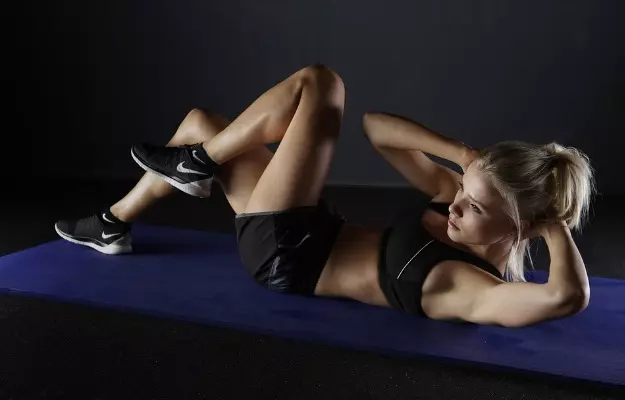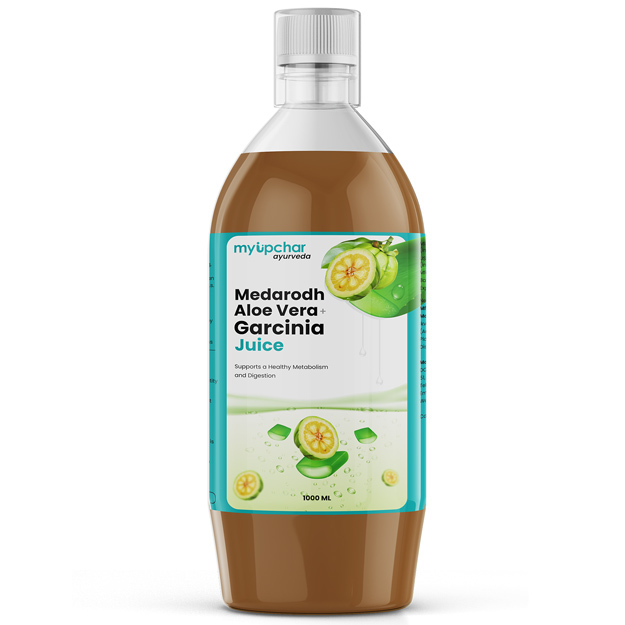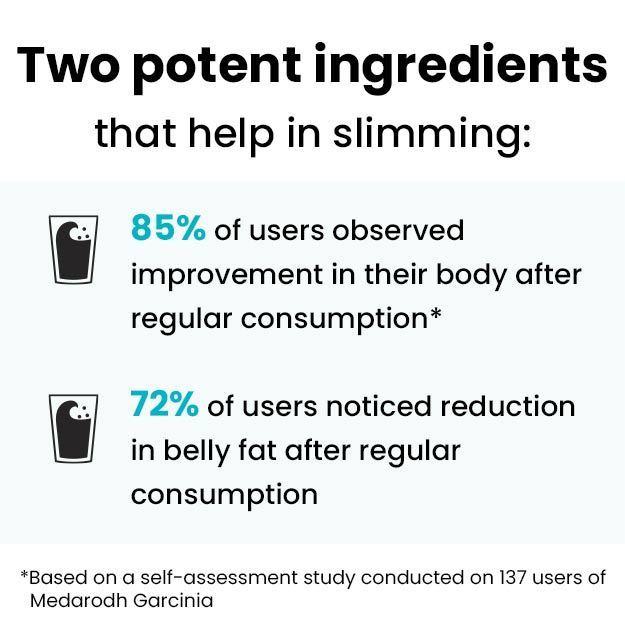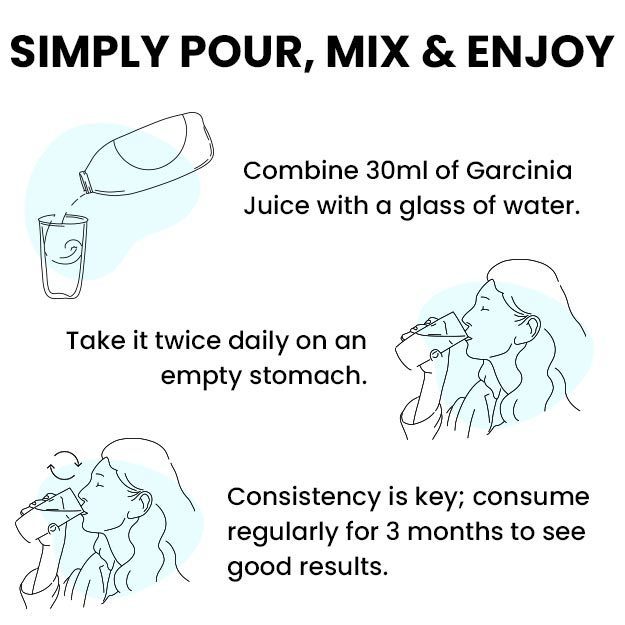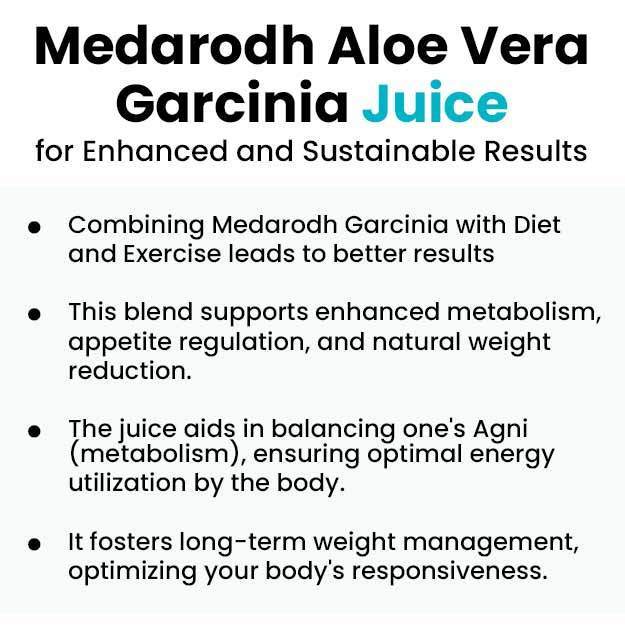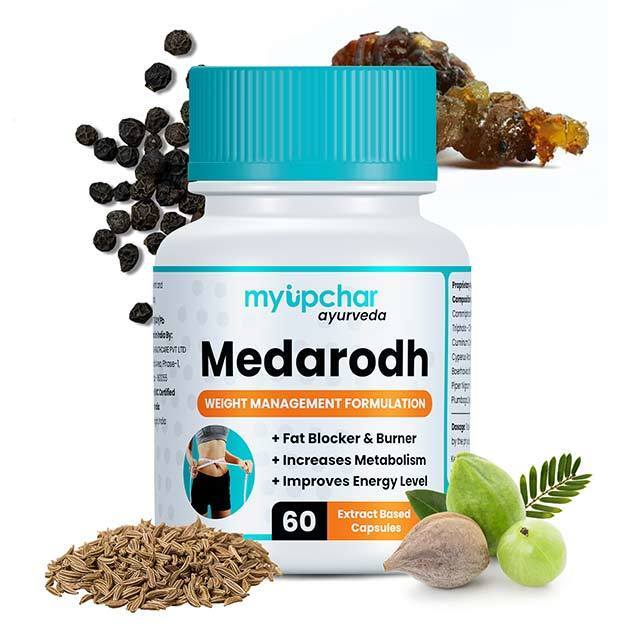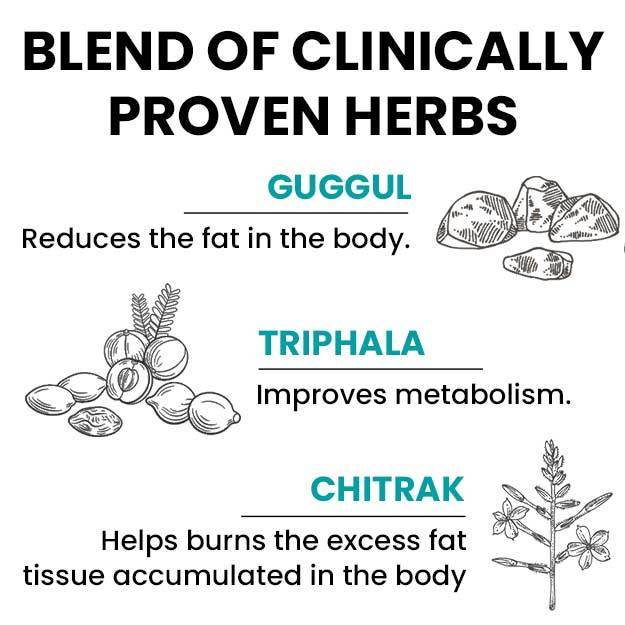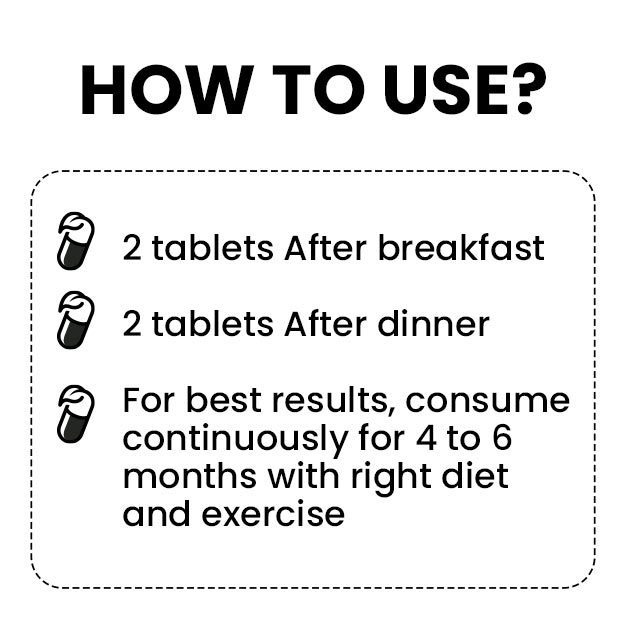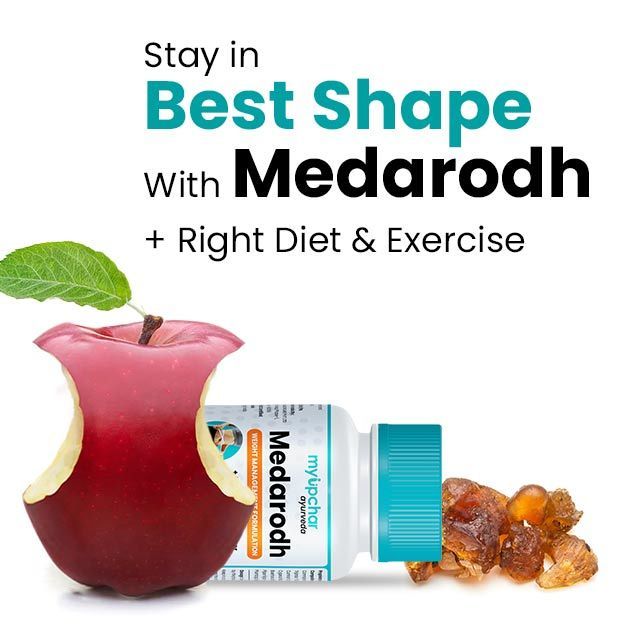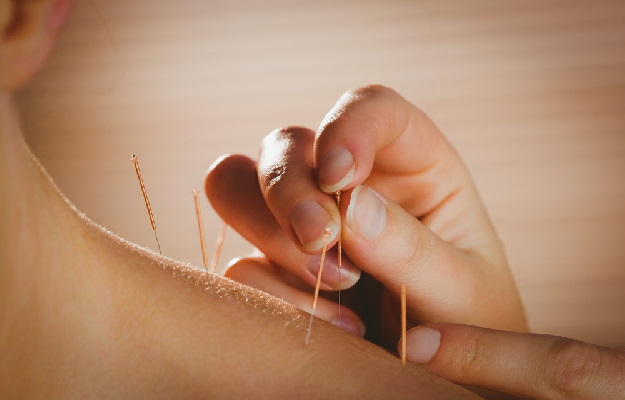Let’s face it: leg days are the toughest to get through in the gym, or the least favourite among most fitness enthusiasts, regardless of gender. Despite comprising the largest muscles in the body, legs are usually neglected because of two primary reasons: the pain that it causes the next day, as well as the relatively slower development, as compared to say the chest, back or arms.
The third reason is purely cosmetic, at least for men. Arms and chest are more noticeable in public - although this perception is slowly changing. While our arms perform important daily tasks every day of the week, our legs are constantly providing support as well. We just tend to take them for granted at times. Besides, leg workouts are necessary as they add the element of proportion to the body.
The lower half of the body not only includes the legs but also the glutes, and one of the benefits of exercising the legs is that it has positive effects even on the glutes. This is why a single day is usually enough to train the entire lower half of the body.
So whether you’re just a regular working professional wanting to stay fit, an aspiring sportsperson or someone who likes to only run or cycle, strengthening the lower half of the body is equally important.

